Note: This text was created with the help of AI.


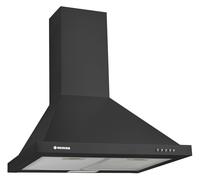
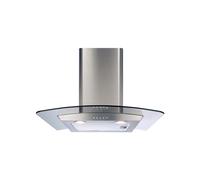

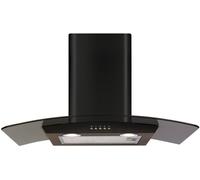
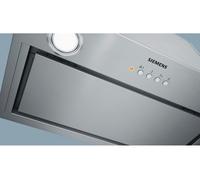

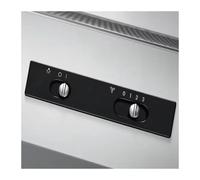
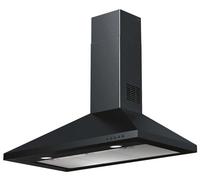
![Under Canopy Cooker Hood 50 cm Kitchen Extractor Fan 3 Speed Silver CCA52SI CDA [EEK: B]](https://cdn.pricehunter.co.uk/offer/en/cda-cca52si-50-cm-canopy-extractor-hood-stainless-steel-energy-class-c-200t18060f90972f0a3c1f7b804549c7f9456bcec6b2f83.jpg)
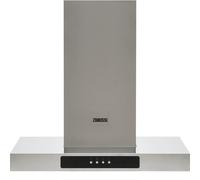


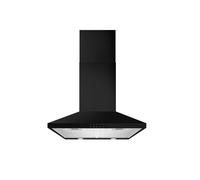
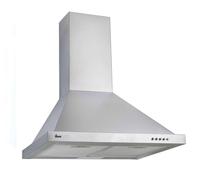
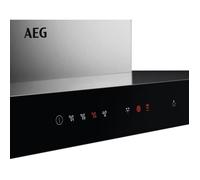
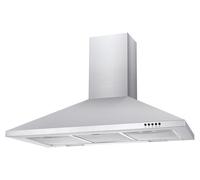
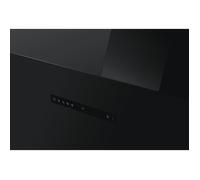



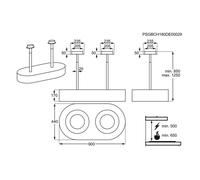
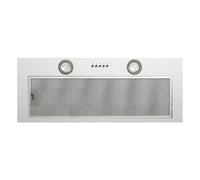

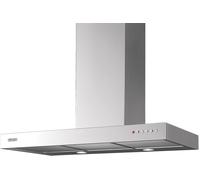
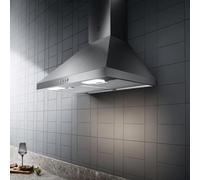


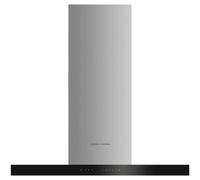


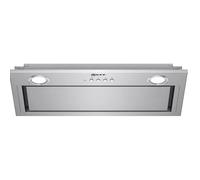

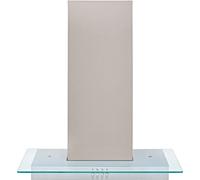



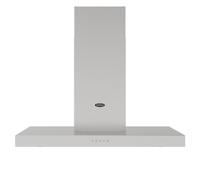
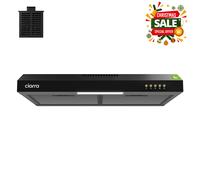
- 1
- 2
- 3
- 4
- 5
- next page
Exciting Offers on Cooker Hoods
The decisive factor here is the width of your hob. Due to air currents in the kitchen, the vapour produced during cooking usually does not rise vertically. The extractor hood should therefore be wider than the hob in order to be able to capture the vapours effectively.
A hob up to 75 centimetres wide needs a hood width of 90 centimetres and a hob up to 90 centimetres wide should have a hood width of 120 centimetres.
First, turn off the electricity in the kitchen, then remove the old cooker hood (if any). Then prepare the installation. Measure the height at which you want to install the cooker hood and mark the spot with a pencil. To draw a straight line, we advise you to use a spirit level.
If you're replacing an older range hood, there's probably a socket nearby. If it's new, this usually isn't the case, so you should make sure beforehand and get an extension cord if necessary. Otherwise, you can also think about relocating a socket.
The exact installation of an extractor hood varies from model to model, so please be sure to follow the installation instructions. As a rule, you will need a wall bracket to which you attach the hood, or it is equipped with a so-called wall mounting plate.
Now switch on the electricity in the kitchen and test the cooker hood.
The previous steps were for the installation of a recirculating cooker hood. If you want to install an extractor hood it is also necessary to install an exhaust pipe so that the cooking fumes can escape outside.
If you live in a rented house, clarify the installation with your landlord first, as a hole may have to be knocked in the wall of the house.
As a rule, manufacturers recommend a minimum distance of around 45 to 65 centimetres from the hob. The distance from the hob to the lower edge of the cooker hood is measured here.
However, the maximum distance is not precisely defined. In general, we can tell you that the effect of the extractor hood decreases the further away it is from the hob.
Depending on the model, you have to change the activated carbon filter every four to eight months, as its effect decreases considerably over time. Of course, this also depends on how often you use your cooker hood.
Unfortunately, you can't clean the activated carbon filter. As soon as it no longer performs as it should and doesn't filter the odours out of the air, you have to replace it.
A grease filter gets full quite quickly with regular use and should therefore be cleaned every one to two months.
Usually, filters are dishwasher safe, but some models can't stand the hot temperatures. In that case, you should resort to hand washing or choose a lower temperature setting on your dishwasher.
The power of your cooker hood is given in cubic metres per hour (m³/h). This value tells you how many cubic metres of air the hood can clean in 60 minutes.
The rule of thumb for calculating the optimum output for your kitchen is: length x width x height of the kitchen in metres x 8 = minimum output of the cooker hood in m³/h.
Example: A kitchen measuring 3 x 4 x 2.5 metres requires at least one extractor hood with an output of 240 m³/h.
In the case of island hoods for free-standing cookers, the output can be somewhat higher, as the vapours are distributed more quickly in all directions.
In rooms with a ceiling height of 2.5 metres where a cooking island is installed, so-called island hoods are generally used. These are to be mounted on the ceiling, either with metal cables or rods.
However, if the ceiling is higher than three metres, you should think about another type of air purification, as the effectiveness of an island hood leaves something to be desired at such a height.
As an alternative, you have for example so-called downdraft range hoods. This system is installed directly in the worktop of the island or is already part of the hob.
The exhaust air hose or duct should not have a cross-section of less than 120 millimetres and should not have any uneven pipe bends. This results in high noise levels as well as a lower performance of your cooker hood.
Flat round pipes or plastic spiral hoses are recommended, but these must be laid very tightly.
Exciting Offers on Cooker Hoods
Looking for the perfect cooker hood? You’re in luck! Pricehunter.co.uk showcases a wide array of cooker hood options, allowing you to compare various models effortlessly. From sleek designs to powerful extraction capabilities, the choices are endless. Let’s dive into essential factors to help you find the right cooker hood for your home.Types of Cooker Hoods
When exploring cooker hoods, the type plays a pivotal role in functionality and aesthetics. Understanding the various types can help you make an informed decision.- Cooker extraction hood - Ideal for removing smoke and odors effectively.
- Wall-mounted - Perfect for kitchens where space is limited.
- Island hoods - Adds a modern touch to open kitchen layouts.
- Under-cabinet - Saves space while providing efficient extraction.
- Built-in - Discreetly integrates into your cabinetry for a streamlined look.
Popular Brands to Consider
Brand reputation can significantly influence your decision when selecting a cooker hood. Some brands stand out for their innovative designs and reliability.- Rangemaster hoods - Known for their stylish and powerful options.
- Bosch - A trusted name for high-quality, durable appliances.
- AEG - Offers a variety of modern features, including energy efficiency.
- CDA - Focuses on sleek designs that enhance kitchen aesthetics.
- Whirlpool - Integrates smart technology into their cooker hoods for convenience.
Smart Technology Features
With the rise of smart homes, many cooker hoods now come equipped with advanced technology that enhances usability and efficiency.- Bosch cooker hood extractor - Features smart sensors that adjust extraction power based on cooking activity.
- Remote control - Manage your cooker hood from anywhere in the kitchen.
- Voice activation - Integrate with smart assistants for hands-free operation.
- LED lighting - Provides better visibility while cooking, often with adjustable brightness.
- Energy-efficient modes - Optimizes power consumption while maintaining effectiveness.
Usage Scenarios
The type of cooking you do can determine the best cooker hood for your kitchen. Understanding your cooking habits can streamline your selection process.- Recirculation cooker hood 90cm - Best for apartments or smaller kitchens without external ventilation.
- Heavy cooking - Choose a high-capacity extraction hood for frequent frying or grilling.
- Baking - A quieter model might be preferable to maintain a peaceful atmosphere.
- Open-plan living - An island hood can enhance both functionality and aesthetics.
- Minimalist kitchens - Opt for sleek, built-in designs that blend seamlessly into cabinetry.
Key Features to Look For
When shopping for a cooker hood, certain features can enhance both its functionality and your cooking experience.- 90cm black cooker hood - Offers a modern finish that complements any kitchen decor.
- Noise levels - Consider quieter models for a more pleasant cooking environment.
- Filter types - Grease filters and charcoal filters enhance efficiency and ease of maintenance.
- Height adjustability - Ensures optimal performance regardless of your cooking style.
- Ease of cleaning - Look for removable and washable components for hassle-free upkeep.
Note: This text was created with the help of AI.